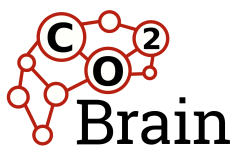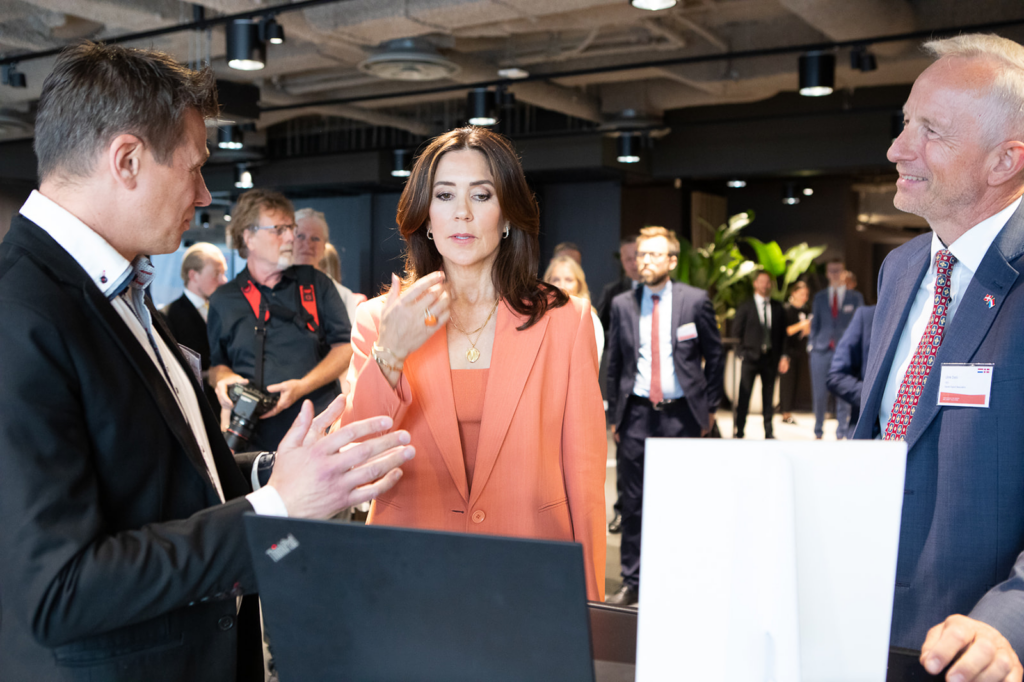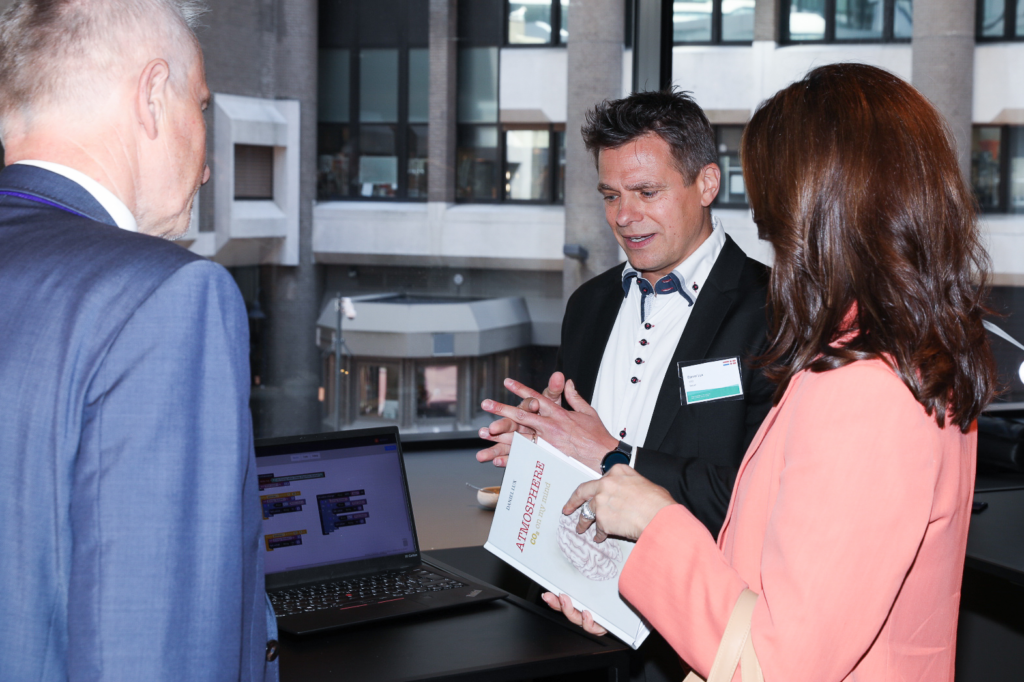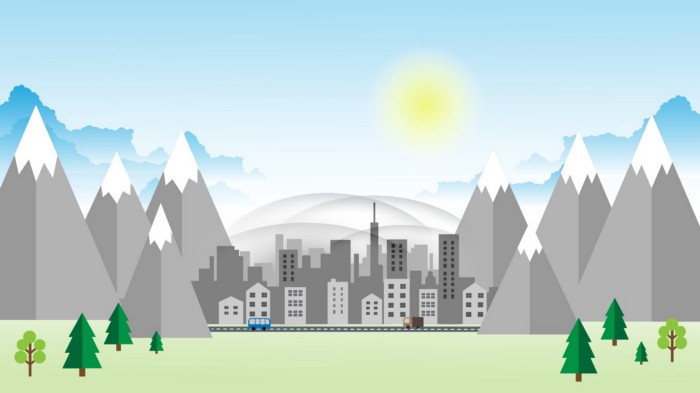Have you ever been in a room where the air gets heavy – like a classroom?
At first, it becomes challenging to concentrate, and drowsiness slowly sets in. Then, a headache appears, and you might even have a hard time breathing. What a relief when a window is opened or you step outside and get fresh air!
Increased levels of CO2 in the air that we breathe are the cause of these effects. Climate change means that there will be no escape from these conditions for our children, not even in fresh, outdoor air.
During human evolution, CO2 levels have never been as high as today. Historic mass extinction events occur at times with drastic changes in the composition of the air that we breathe. What will the consequences be for life on earth due to the current changes?
“Atmosphere, CO2 on my mind” will give you a sound basis for understanding the health implications of rising CO2 levels on the human body, what role CO2 played during the evolution of life on earth, and what we should do to avoid disaster.
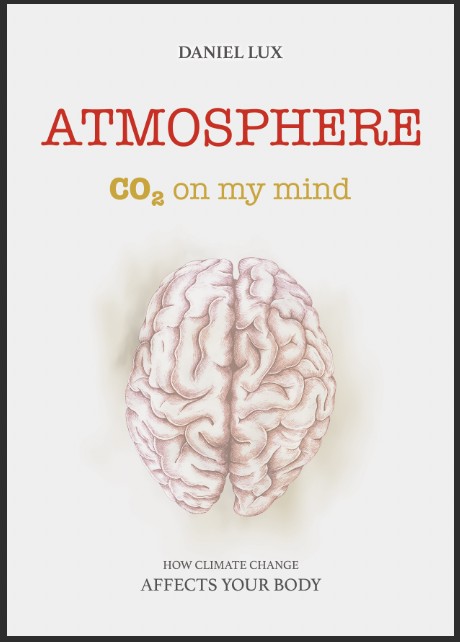
You can find my book at the following retailers:
Amazon (Kindle, Hardcover, Paperback)
Barnes & Noble (Hardcover, NOOK Book)
Walmart (Hardcover)
thriftbooks (Hardcover)
saxo (Hardcover)
Or on Medium (Digital):
Chapter 1 – Dinosaurs & CO₂
Chapter 2 – The evolution of CO₂ on Earth
Chapter 3 – Human Evolution & CO₂
Chapter 4 – The era of accelerated CO₂
Chapter 5 – CO₂ & Observed impacts on humans
Chapter 6 – Why does CO₂ have a profound impact on the human body?
Chapter 7 – Insufficient CO₂ Reduction Strategies
Chapter 8 – Fusion – a Moonshot project
Chapter 9 – How to phase out fossil fuels
Chapter 10 – Us vs Them, we can not fight climate change with this mindset
If you are interested in booking me as a speaker, please contact me via mail: co2brains(at)gmail(dot)com
